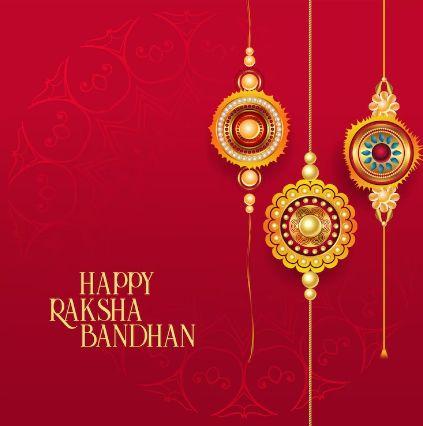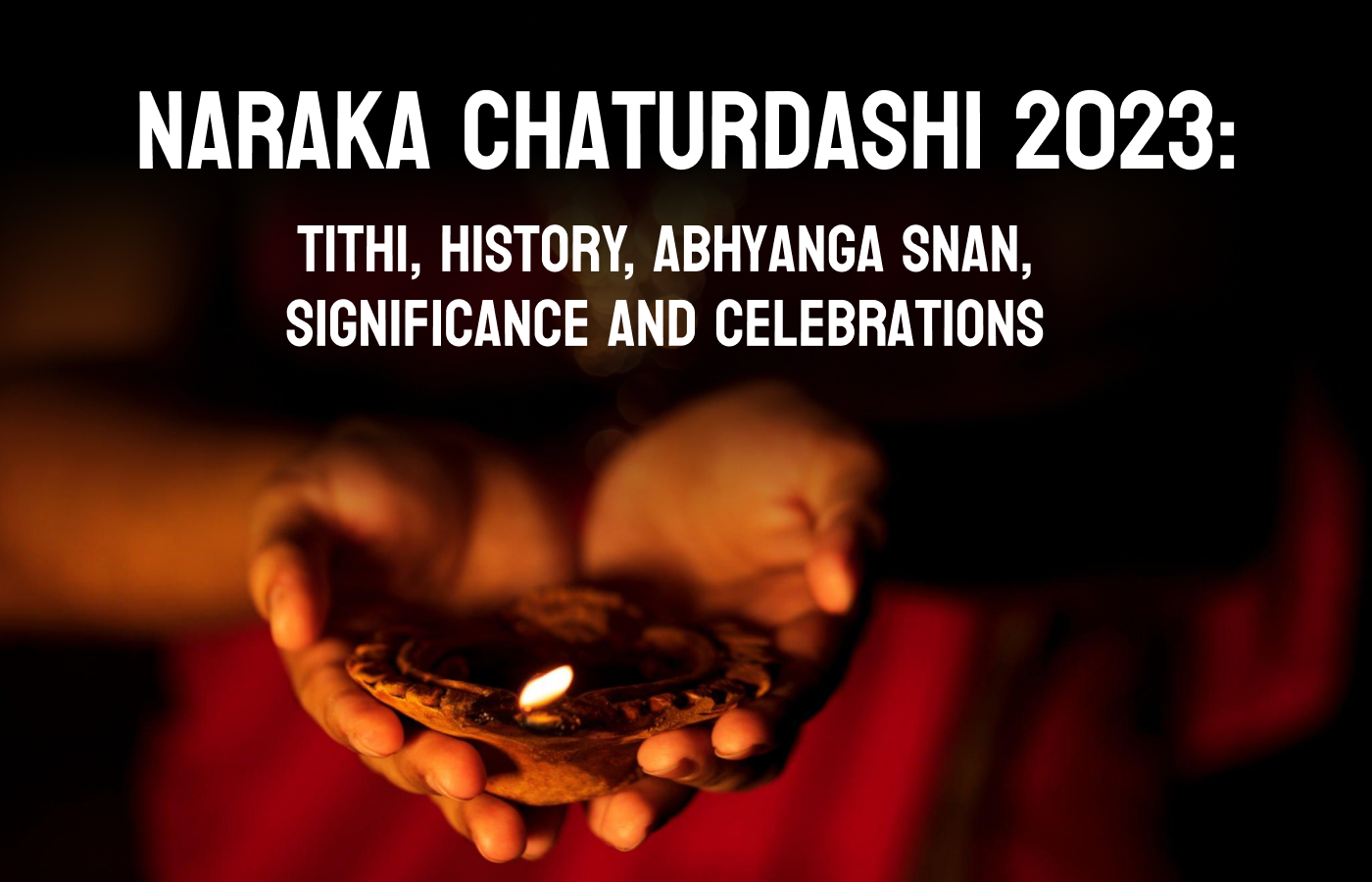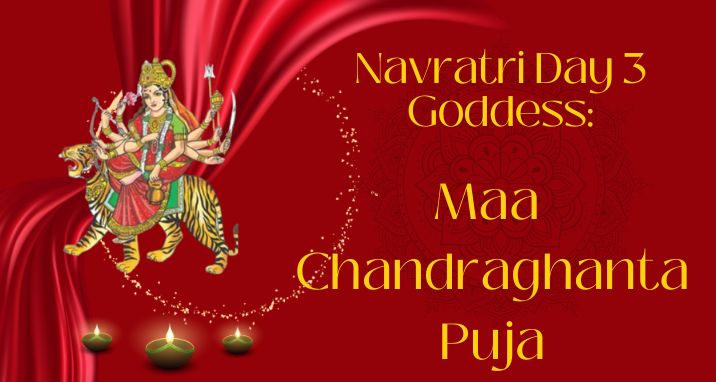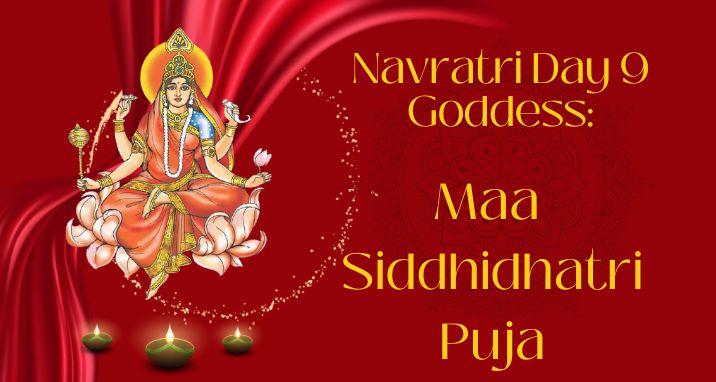Raksha Bandhan: Significance, Rituals and Tithi!

Raksha Bandhan or Rakhi is an auspicious Hindu festival that is observed to celebrate the bond and affection between brothers and sisters. It is an occasion for siblings to cherish the piousness of the relationship. This is also the day to tell each other that they will continue to be by each other’s side all their lives through all the ups and downs.
Hindus celebrate Raksha Bandhan on the full moon day of the Hindu calendar month of Shravan (Sawan), in August or September, as per the English calendar. This is on the Hindu tithi (day) of Purnima (full moon), also called Rakhi Purnima by many. “Raksha Bandhan” means “safety bond.” Traditionally sisters tie Rakhi on their brothers’ wrists and wish them a joyous, prosperous and fulfilling life and in return brothers pledge to protect their sisters from all odds and love them unconditionally all their lives. Besides, siblings exchange gifts on this day and indulge in their favourite things.
Raksha Bandhan Date and Tithi 2023
Raksha Bandhan falls on August 30, Wednesday, this year. However, the shubh tithi to tie Rakhi and perform the ritual will begin after 9:01 pm after Bhadra end time. Raksha Bandhan rituals should not be performed during Bhadra. Bhadra Kaal or Bhadra Nakshatra is an inauspicious period and one should avoid other auspicious work too.
- Raksha Bandhan Bhadra end time – 9:01 pm
- Raksha Bandhan Bhadra Poonch – 5:30 pm to 6:31 pm
- Raksha Bandhan Bhadra Mukha – 6:31 pm to 8:11 pm
The Poornima Tithi or Full Moon starts on August 30 at 10:58 am and ends on August 31 at 7:05 am.
NOTE: Please talk to your local astrologer or pandit for exact timing in your location.
Raksha Bandhan Rituals
There are several rituals observed on Raksha Bandhan or Rakhi. As a Rakhi preparation, you need a thali with a small diya, Akshat (rice mixed with Haldi/turmeric), Kumkum, sweets and Rakhi.
On this day, the sisters first tie a Rakhi around the wrists of their brothers and apply Tilak (made of Kumkum and Akshat) on their foreheads. Then they do Aarti of their brothers and pray for his well-being, good health, prosperity and long life and after that feed them with sweets or sweet dishes.
In return, brothers pledge to protect their sister/sisters all their lives and show their love by giving them some gifts or money. In many places, especially in Western India, sisters also tie a Lumba Rakhi to their Bhabhis (sisters-in-law) and Bhabhis return the gesture by doing the same.
In some parts of India, people tie Rakhi to even their friends, grandfathers, nephews and other family members as a symbol of affection. Even grandmothers tie Rakhi to their grandsons/grandchildren. Girls who do not have brothers, many times tie Rakhi to the idol of Shri Krishna, as he is believed to be the protector of all.
The Story Behind Raksha Bandhan
There are many stories associated with Raksha Bandhan, but the one that is most popular and believed to be the origin of this most pious festival is from the Mahabharat Era.
When Shri Krishna cut his finger while using his Sudarshan Chakra during Shishupal Vadh, Draupadi came running, tore a piece of cloth from her saree and tied it around his wound to stop the bleeding. Shri Krishna was overwhelmed by the gesture and promised to return the favour of love and compassion shown by her whenever such a time arises. Therefore, when Kauravas tried to disrobe Draupadi in the court of Hastinapur after Yudhisthir lost his wife Draupadi in the game of gambling between Pandavas and Kauravas, Shri Krishna protected her dignity by increasing the length of the saree to such colossal size that they failed to disrobe her.
For more insights on anything related to Raksha Bandhan, you can contact our astrologers here.
Frequently Asked Questions
Q: Can I tie Rakhi to my husband?
A: Traditionally, Rakhi is a festival to celebrate the bond between brothers and sisters, and not husbands and wives.
Q: Can I tie Rakhi to my sister?
A: Though, traditionally, it is the sisters who tie Rakhi to their brother, in recent years, brothers, too, have started tying Rakhi to their sisters as a symbol of their affection. However, this is still not a popular trend. Every tradition has some significance and there is a reason behind every tradition; hence, the majority of people continue to follow our age-old tradition.









